summary
You should make sure a 0.1 uF capacitor is connected directly to the motor.
A properly-designed motor driver board handles everything else.
details
The only component the user might need to add when using a (properly-designed) motor driver board is a EMI-supression cap attached directly to the motor. Why is this capacitor hooked up to a 9volt electric motor? ; Why connect capacitors to motor body? ; Capacitors and motors ; Dealing with Motor Noise ; etc.
As jms already mentioned, a properly-designed motor driver board already includes the freewheel diode(s).
"For output voltages above ten volts or so, ordinary silicon diodes
are commonly used. For lower voltages, Schottky diodes are commonly
used as the rectifier elements." -- Wikipedia: switched-mode power
supply.
(Modern "super barrier rectifier" diodes are technically better in many cases).
A properly-designed motor driver board already includes (a) the protection capacitor or other component used to absorb energy from the motor during regenerative breaking, and (b) the capacitor used to supply quick pulses of energy that cannot be supplied through the inductance+resistance of the available battery connection.
Often (a) and (b) are the same capacitor.

